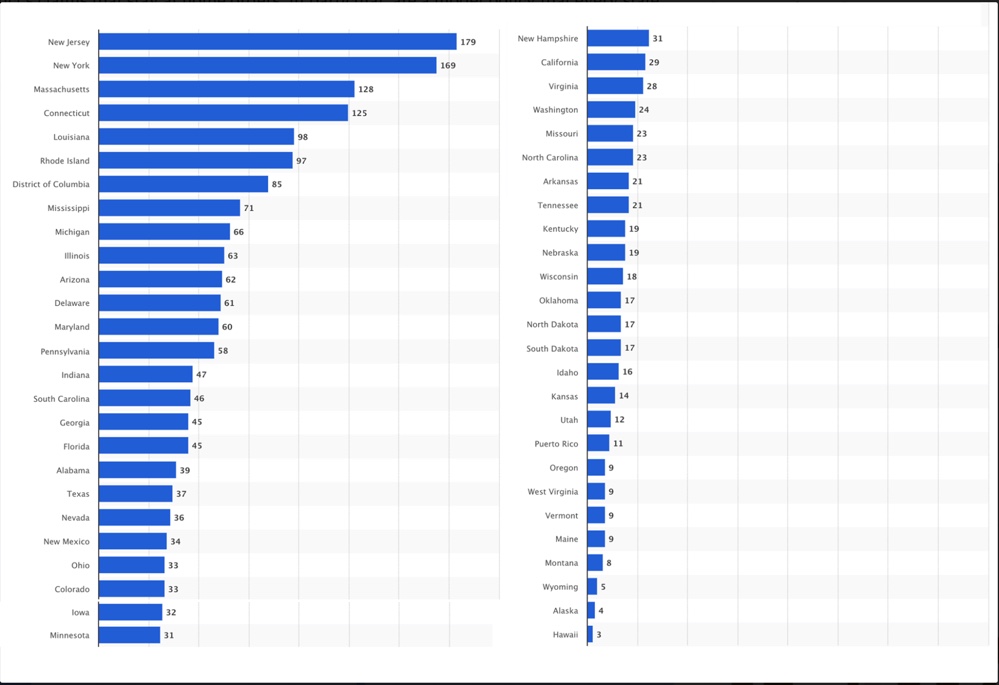States that stayed open fared much better than states that shut down
It was in March that top health officials recommended that all states shut down. While originally the shutdowns were intended to delay the spread of COVID-19 so that the healthcare system would not be overwhelmed, it later turned out to be a tool for “completely eradicating COVID-19.” The lockdowns continued for months, with some individuals arguing that this was all necessary for the coronavirus to be eradicated. According to some shutdown proponents, “choosing not to shut down would be choosing to sacrifice lives for the economy”.
With most states now opened up, we can judge the validity of this argument statement by comparing states that shut down to those that did not. In the United States, seven states did not choose to lock down. These are North Dakota, South Dakota, Nebraska, Iowa, Utah, Arkansas, and Wyoming.
And according to an analysis from the American Institute of Economic Research (AIER), not only did the states that shut down have some of the lowest COVID-19 death rates, but they also fared much better economically.
Deaths per capita
According to COVID-19 data, Wyoming, Utah, South Dakota, and North Dakota are among the top ten states with the lowest COVID-19 deaths per 100,000 people. These numbers are a representation of several other factors and policies but they do show that lockdowns did not greatly impact COVID-19 outcomes. States with the highest COVID-19 deaths per 100,000 people were among the ones with the most restrictive shutdown rules.

Source: Statista
Economic performance
The same is true economically, as to be logically expected. As illustrated in the AIER article,
Alongside having a poor correlation with any sort of desirable health outcomes, states that avoided stay at home orders also fared far better economically than those that embraced them. Provided below are unemployment numbers from July 2019 and July 2020 from the Bureau of Labor Statistics. Despite COVID-19’s role in the decline of the fossil fuel industry which is a key component in states like North Dakota and Wyoming that didn’t issue stay at home orders, they still managed to maintain better employment rates than many states that did lock down.
The rest of the states that didn’t issue stay at home orders (Utah, South Dakota, Nebraska, Iowa, and Arkansas) fared just as well if not better than other states. In particular, Utah and Nebraska did extraordinarily well maintaining a 4.5% and 4.8% unemployment rate, respectively while keeping death rates low.
In contrast, pro-lockdown states like New York, California, and Massachusetts saw catastrophic unemployment numbers, 15.9%, 13.3%, and 16.1% respectively, alongside high COVID-19 death rates.
Minnesota
When compared to its neighboring states, Minnesota had the most restrictive shutdown rules. Yet Minnesota has fared worse compared to its neighboring states. Minnesota currently has the highest unemployment rate among the neighboring states. Additionally, Minnesota’s COVID-19 death rate is only slightly less than that of Iowa and more than that of its other three neighbors. This just goes to show how little effect the shutdown had on COVID-19 outcomes despite wreaking such havoc on the economy.